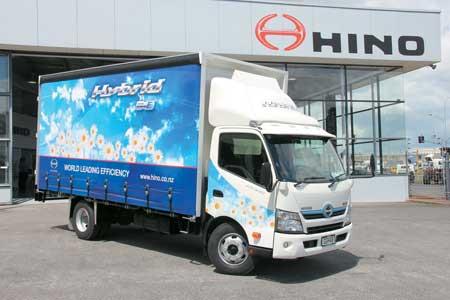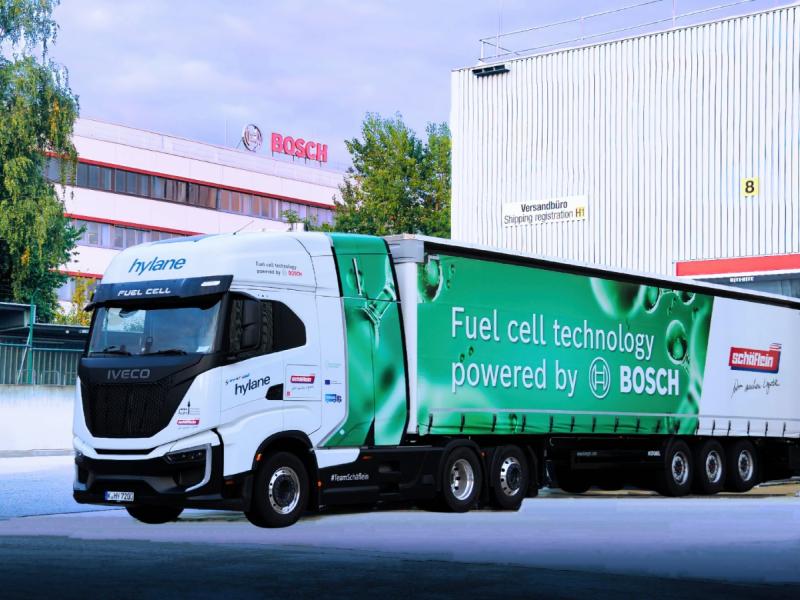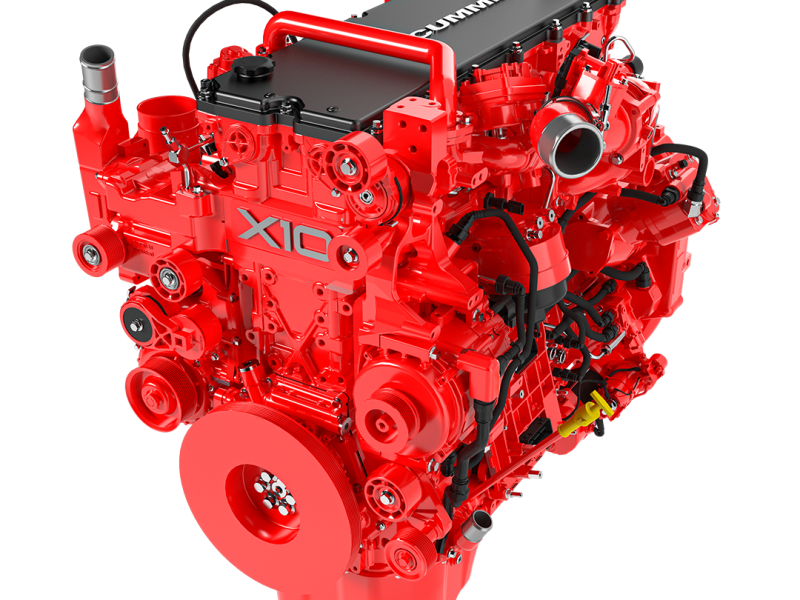Much to the relief of Hino Distributors NZ Ltd, the new Hino 300 series light and medium duty trucks have been officially launched to market with a travelling roadshow that will visit all of its dealerships in March.
With a full range of narrow, wide and crew cab models in short, medium, long and extra long wheelbase configurations, and with body units that are built to go or custom built, there’s a model and configuration to meet most market requirements.
The new-generation 300 series offers more spacious cabins to suit Kiwi-sized drivers and passengers, with thinner windscreen pillars for better visibility, bigger doors for entry and exit, and all models receive a suspension seat for the driver to aid long distance driving comfort.
Hino says its new-generation 300 Series makes claim to the title of the safest light-duty truck on the New Zealand market.
It is the first light-duty truck in New Zealand with vehicle stability control (VSC) as a standard feature.
VSC assists the driver in maintaining control of the vehicle. It is designed to help prevent the vehicle from skidding out of control should it deviate from the driver’s intended path through a corner.
The VSC and traction control system can be switched off to assist in control of the drive wheel traction when the vehicle is in muddy conditions.
Standard equipment on all models includes SRS airbags for both driver and passenger coupled with emergency locking retracting (ELR) pretensioning seatbelts.
All Hino 300 Series models have four-wheel ventilated disc brakes with ABS braking, electronic brake-force distribution (EBD) and brake assist.
Hino says it was the first manufacturer to offer four-wheel ventilated discs in the light-truck market with the launch of the Hino Dutro model, and this feature is still unique to Hino.
Brake Assist is designed to assist the driver in emergency braking, where the driver is attempting to apply the high pedal force required to obtain the shortest possible braking distance.
Together these technologies ensure that maximum stopping power is available, regardless of how the vehicle is laden and the prevailing road conditions.
All manual transmission and AMT models have Hino’s ES (Easy Start) hill-start assist.
Easy Start maintains braking force after the driver takes their foot off the brake pedal and automatically releases the brake once the clutch engages and the vehicle begins to move. Easy Start operates in both forward and reverse.
The 300 Series safety package also includes a front under-run protection system (FUPS) on all wide cabin models for the first time on a light-duty truck.
FUPS helps prevent a vehicle from going underneath a truck in the event of a front-on collision while also protecting the vehicle’s steering components, thereby assisting the driver to maintain control of the vehicle.
Hino says the 300 Series meets the internationally recognised European Structural Standards Regulation No. 20 (ECE-R29) for cabin strength. (Hino’s extensive range of light, medium and heavy duty trucks now comply with the ECE-R29 crash test standard.)
The company says that special attention has been paid to maximising visibility and minimising blind spots. The windscreen pillars on new wide cab models are only 65mm wide, compared with 100mm or more for 300 Series’ nearest competitors.
High-intensity discharge (HID) headlamps are standard equipment on new Hybrid models and safety features include a tilt-cab warning lamp on all single cab models.
Better efficiency from diesel and hybrid models
Hino says the 300 series has class-leading combination of power and torque, with up to 121kW of power and 464Nm of torque from its ADR80/03 Euro 5-compliant diesel engine.
The improved Euro-5 and Enhanced Environmentally Friendly Vehicle (EEV) compliant 4.0-litre Hino turbo-diesel engine is offered with two power ratings.
Wide cab manual models have 121kW of power at 2500rpm and 464Nm of torque at 1400rpm, and six-speed transmission, while the standard cab, wide cab automatic and hybrid models are rated at 110kW and 420Nm.
The standard cab has the choice of five-speed manual or six-speed automatic transmission, the wide cab auto also has six-speed transmission, while new Hybrid has a new five-speed automated manual transmission.
Hino says it has extracted more power and torque from the same engine capacity as the previous generation 300 Series. The gains in power, torque and fuel efficiency have been achieved through careful attention to engine design, turbocharger pressures and the high pressure (common-rail) electronic fuel injection. Injection pressures have been increased and a new intercooler adopted.
The 300 Series meets the requirements of ADR 80/03 and the Enhanced Environmentally Friendly Vehicle standard (EEV), which is tougher that Euro 5 – without needing urea additives such as Ad Blue.
Key features of the Hino engine include a high pressure common-rail fuel system, a variable-nozzle turbocharger, cooled exhaust-gas recirculation system and closed crankcase ventilation.
According to Hino, the engine has the best diesel particulate active reduction system (DPR) system in class, an 800,000km service interval and an automatic self-cleaning system which begins when the filter is only at 30 percent of overall capacity.
Hino says it has the added reliability of three fuel filters, including two with water separators mounted on the chassis and a main long-life filter mounted on the engine.
All models have an 80 amp alternator for optimum reliability.
Daily inspection has been made more convenient by placing key items such as the coolant reservoir on the driver’s side of the vehicle. For engine servicing, single-cab models have a manual-tilt cabin and crew-cab models have an inspection cover in the floor.
The exhaust emissions also easily meet the EEV (Enhanced Environmentally Friendly Vehicle) standard, regarded as the cleanest available in the market.
The hybrid model range has a new parallel hybrid system, with increased performance and a new Automated Manual Transmission (AMT).
Hino says the new 300 Series has a new exterior design that offers class-leading aerodynamics for improved fuel economy; the new wide cab model’s coefficient of drag is significantly better than that of its major competitors.






